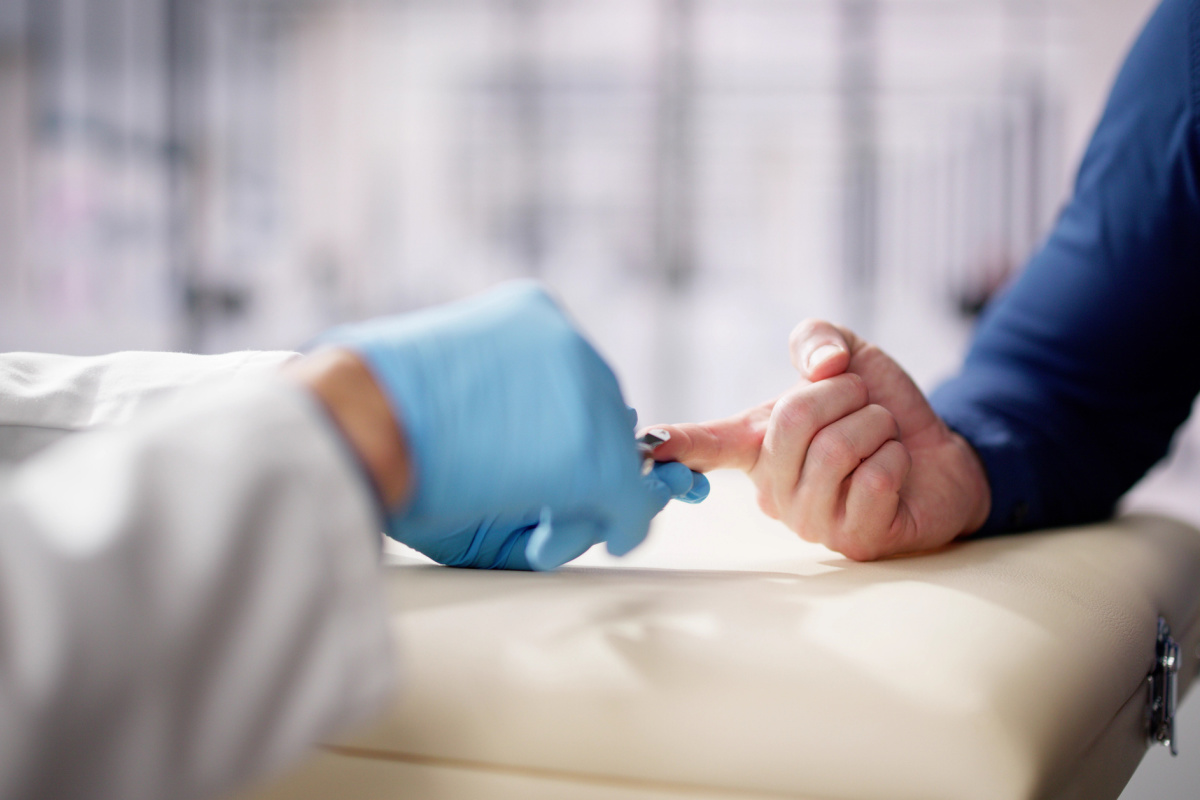From The Trenches
(Healthcare Reform for the Real World)
#4: Support Innovation
This is the fourth in a series examining the problems in our health care system from the real world where patients get sick and injured, and doctors and other health care providers work to heal them. In the series, we’ll identify the actual non-political problems, and offer sound, sensible solutions that we can enact ourselves to reduce risk and increase patient safety.
Today’s medical industry is full of amazing technologies, things we never dreamt of 50 years ago; X-rays no longer need to be “processed,” oxygen levels are found with a meter, temperature with an instant temp gun. Computers keep track of inventory, monitor patients’ vitals, and we’re about on the verge of standardized, digital medical records. But much of this technology is obscenely profitable for the few, at the cost of many. Certainly that’s the way Capitalism works. It provides incentive to develop new technologies and abilities. But can be a double-edged sword. Consider this:
A diabetic’s test strips are his/her miner’s canary, the way s/he can tell if blood glucose levels are safe or if they’re causing damage to the body. With Type-2 diabetics, it’s not quite as crucial as with Type-1 patients (who administer insulin by injection) The industry developed complex and capable pumps, but those little devices cost about $6K each, and require maintenance supplies that are also very expensive. Those without pumps still have to do things the old-fashioned way, with syringes. (Granted, the needles have become much finer — so small that they’re often entirely painless.) So long as there’s money to be made, especially on a recurring basis, companies will be there, funding new developments. But what happens when a technology stands to eliminate a profitable item? Then our Capitalist system can suppress the innovation. Consider this:
Dr. Ren of the University of Florida developed a sensor chip capable of accurately detecting blood glucose levels (amongst things) from one’s breath. That may just seem clever to some, but for the millions of diabetics in this world, people who must stick themselves in their fingers every day, it’s a minor godsend. Great idea! No more sticking oneself, and no more test strips. HURRAY! But it may never see the market.
When money comes into play, things get ugly. Test strips are between 50 cents and a dollar each, often costing more than the diabetic’s insulin itself. One patient reports that her insulin is $200 a month, while her test strips are $300 a month. So what happens to this great new invention? The test strip manufacturers stand to lose billions of dollars if the device comes out. While it is expected to run about $40 including wireless connection to one’s computer, diabetics have already expressed that they’d gladly pay $100 for it; just to keep from having to stick themselves, let alone not having to buy test strips.
Insurance companies stand to gain the most. A bidding war between the insurance carriers and the test strip manufacturers would cost many millions. If the strip vendors won that, the patent would be buried, never to be seen again, diabetics would continue to stick and pay, rthe insurance companies would continue to pay and the benefits to the diabetics of the world would be lost.
Inventors should be compensated, and what seems like a jackpot payoff can fund a lot of further research from winning ides like this chip. At least as importantly, such innovations should be protected from buy-outs by commercial interests. It’s one thing for a company to offer a product and compete for sales, and another entirely to stifle advances that can save lives and reduce or eliminate suffering, simply because the status quo is more profitable to a few. Meaningful healthcare reform includes protecting such advances and rewarding productive research that can lower costs and improve quality of life.
Medical Justice congratulates Dr. Ren and the rest of the team in the various disciplines that contributed to this important breakthrough. If we all do our parts, we can make health care reform a reality by taking it into our own hands.




